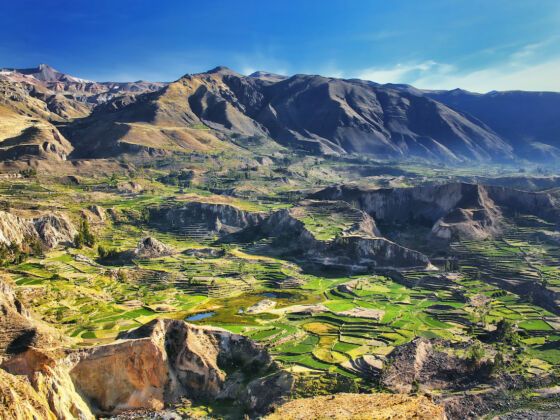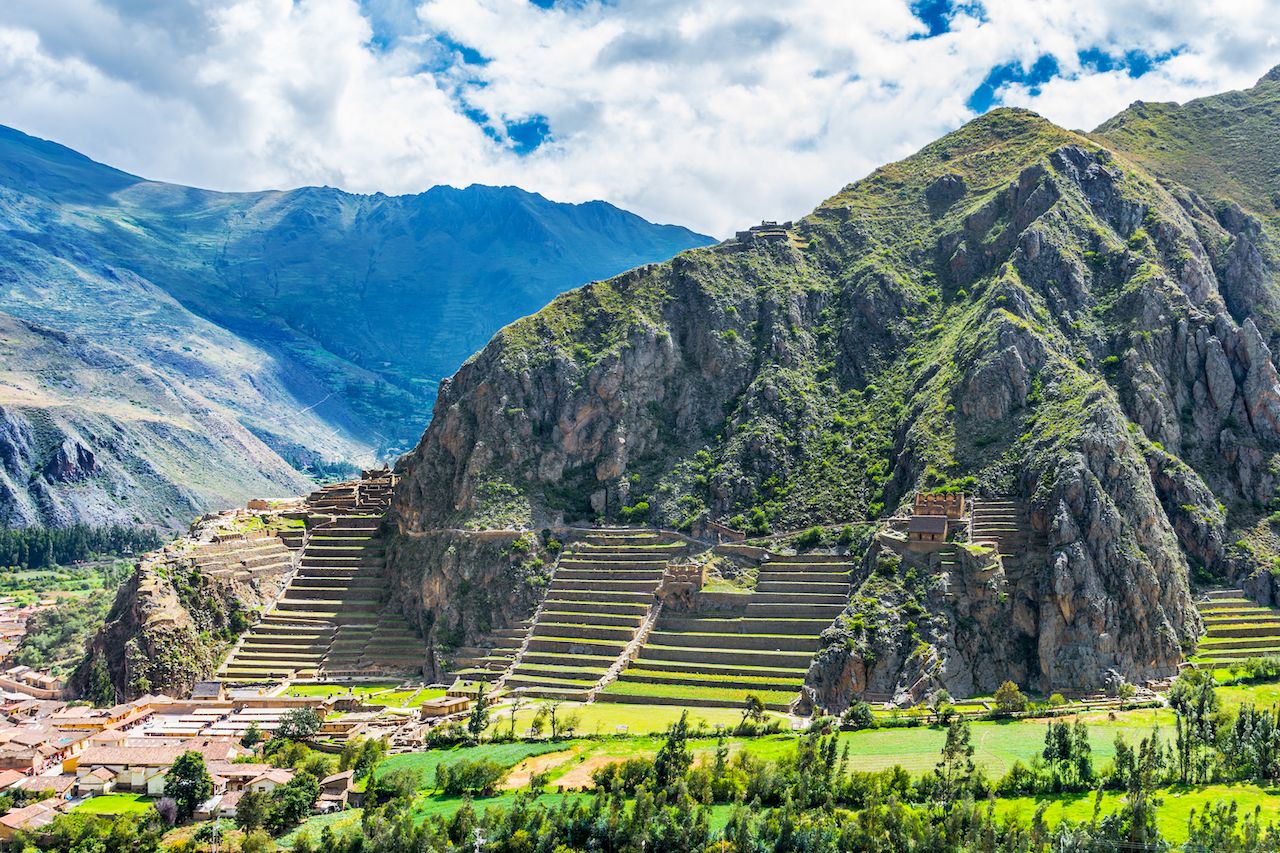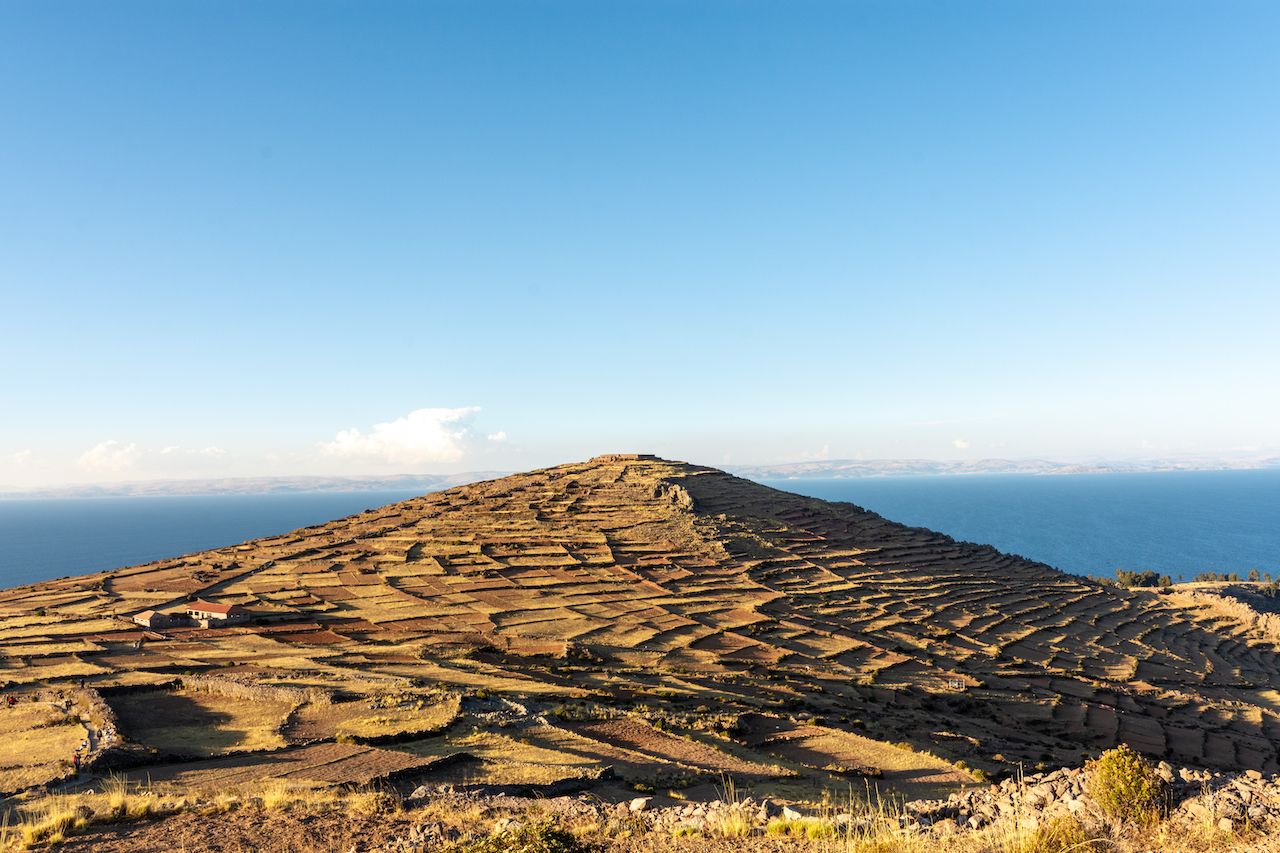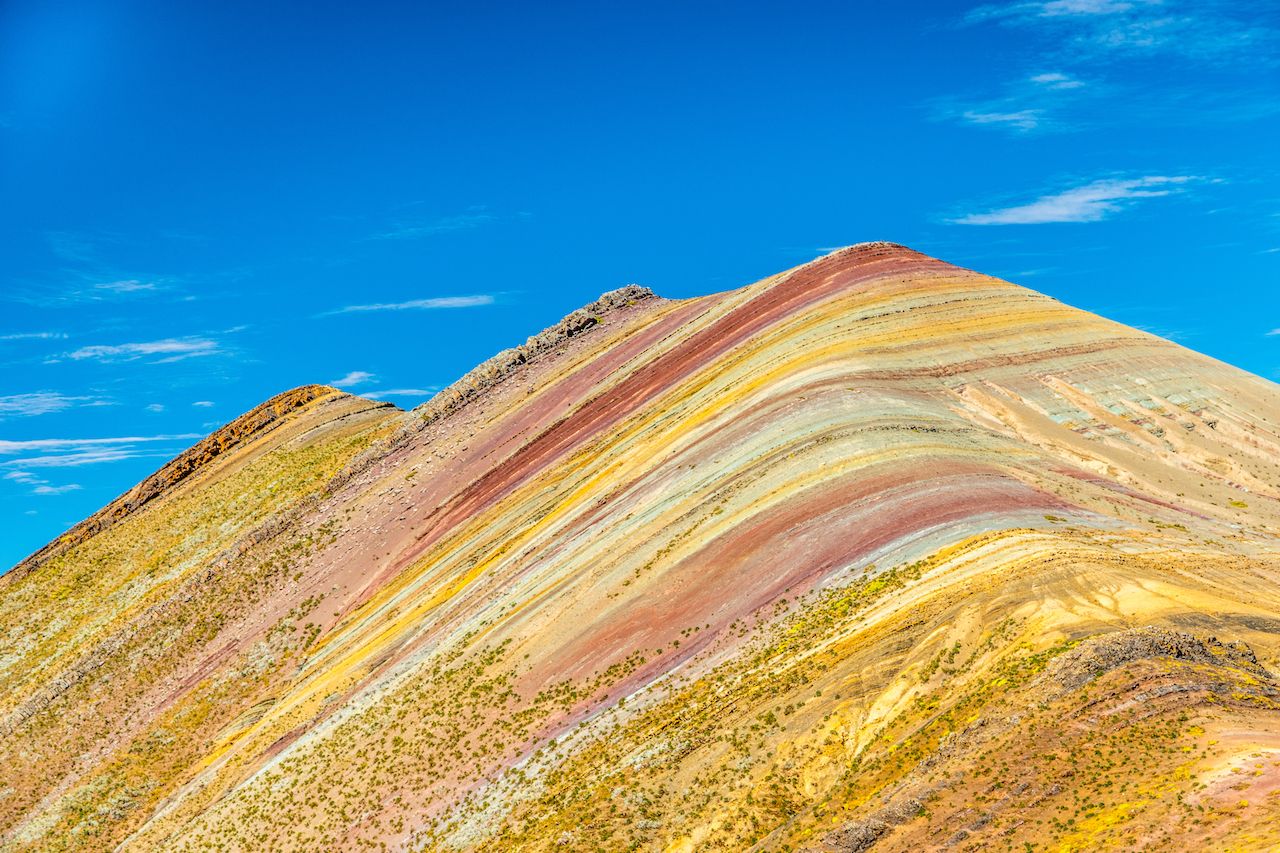There’s so much to love about Peru, from the terracotta-roofed homes of Old Town Cusco to the beachy “White City” of Arequipa. Yet most visitors headed to the country have one destination in mind: UNESCO World Heritage Site and wonder of the ancient world, Machu Picchu. But the mountainous land of the Incas has plenty of other destinations that are just as gorgeous and far less crowded. The Peru hiking trails below are just as impressive as Machu Picchu in many ways, but have much smaller crowds. That’s a bonus for anyone who prefers a bit of space to themselves while hiking (and who doesn’t?)
Peru’s more obscure archeological and geographical sites tend to draw fewer tourists and offer an opportunity to check out cultural relics without the congestion and commercialization associated with Machu Picchu. From the Incan archeological site of Ollantaytambo to Colca Canyon, these Peru hiking trails highlight the best of the country’s varied landscapes and historical ruins.




